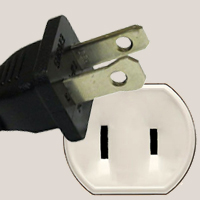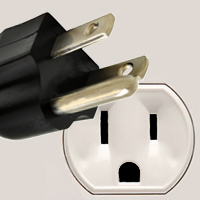Latin America Regulatory Compliance Group
Type Approvals for Latin America and the Caribbean
Latin America Regulatory Compliance GroupLARCG COVERS HONDURAS
LARCG COVERS LATAM
CONATEL Type Approval in Honduras
CONATEL (Comisión Nacional de Telecomunicaciones) is the telecommunications regulating agency in Honduras. Wireless products and equipment that connects to the PSTN, along with other Radio Frequency equipment, require type approval and certification in Honduras.
No in-country testing is required, and we may use existing international test reports for the homologation process to obtain the CONATEL approval. Technical documents will be reviewed and validated in the approval process.
Honduras has restrictions in the frequency band between 960 MHz and 1215 MHz. LARCG will help determine if these restrictions apply to your equipment.
Local representation is not required in Honduras, and there are no labeling requirements that apply.
Products requiring CONATEL approval include:
- PBX
- Routers, modems, and gateways
- RFID and Bluetooth modules
- Cell phones
Key CONATEL Resolutions:
NR013-09: (Plan Nacional de Atribución de Frecuencias) Establishes frequency plan in Honduras
NR012-05: Updates the regulation for radiocommunication devices using broadcast spectrum technology
For products that do not require CONATEL approval, the Agency will provide a No Homologation letter to avoid any issues with customs.
Contact us to start the approval processHonduras Plug Types


Type A plugs, rated at 15 Amps, are used mainly in the United States, Canada, Mexico, South America and Central America. This Class I, non-grounded, non-insulated plug operates on AC current and is known as NEMA 1-15. The plug has two 1.5 mm thick blades which measure 15.9 – 18.3 mm in length and are spaced 12.7 mm apart. The neutral blade is 7.9 mm wide, while the hot blade is 6.3 mm wide.
This plug almost always operates between 100 – 127 volts and is only compatible with socket type A.
Type B plugs, rated at 15 amps, are used mainly in the United States, Canada, Mexico, South America and Central America. This class I grounded, non-insulated plug operates on AC current and is known as NEMA 5-15. The plug has two 1.5 mm thick blades which measure 15.9 – 18.3 mm in length, and are spaced 12.7 mm apart. It also features a 4.8 diameter round, or u-shaped earth pin measuring 3.2 mm which acts as a ground. This plug almost always operates between 100 – 127 volts and is compatible with type A and B sockets. Grounded type B outlets are still rather uncommon in some parts of Central and South America. However, it is not uncommon for people to cut off the earth pin to achieve compatibility with two-pole non-grounded sockets.